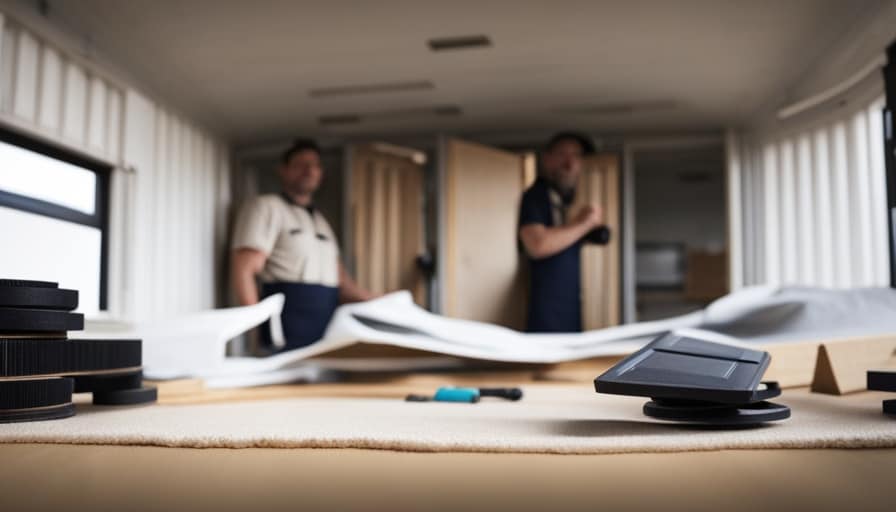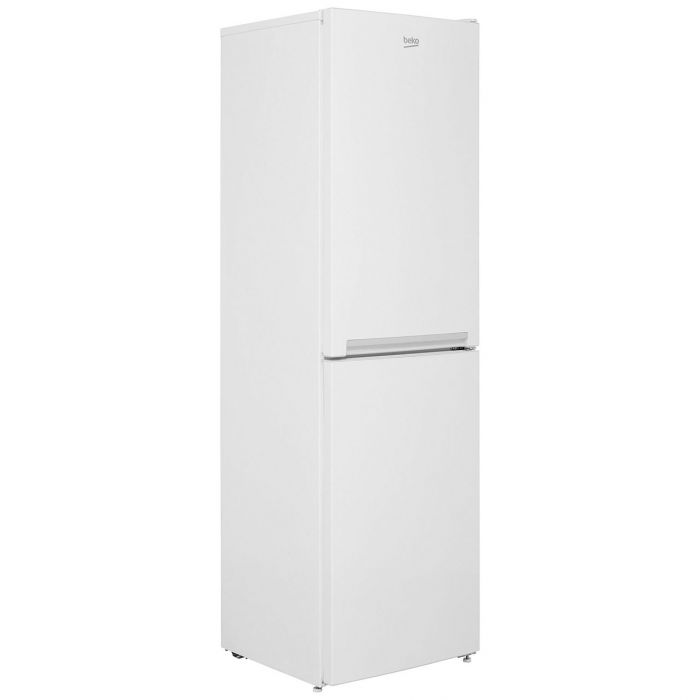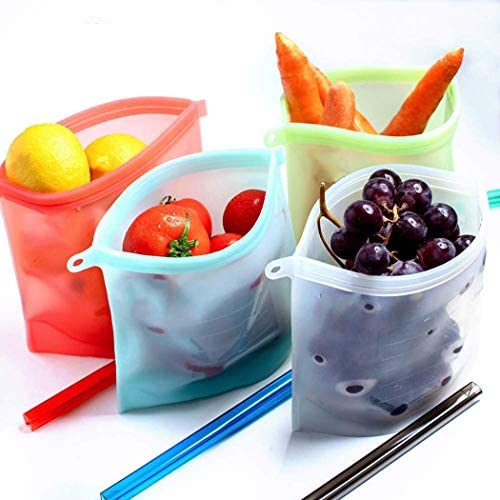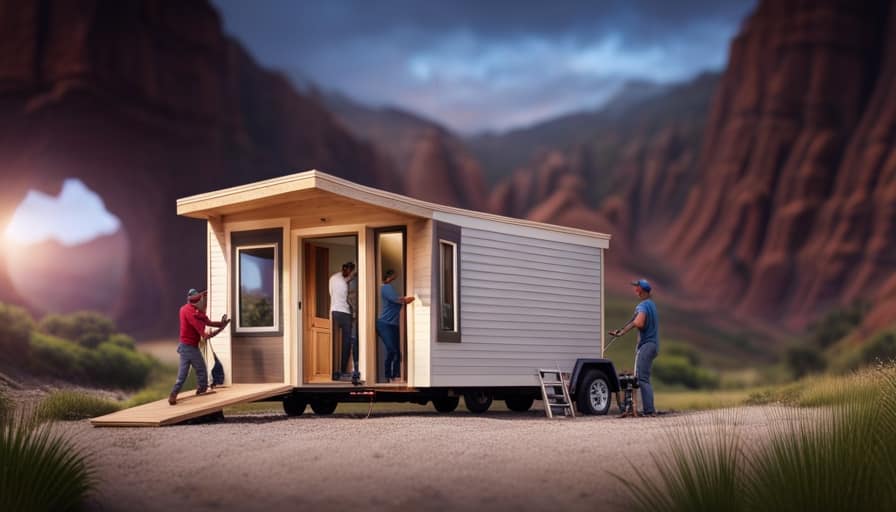How did Fresno become a hub for tiny houses?
Join me as we delve into the fascinating journey of this city embracing the tiny house movement. We’ll explore the challenges Fresno faced, the regulatory changes that paved the way, and their innovative approach to building a thriving tiny house community.
Through their experiences, we’ll discover valuable lessons learned and gain insight into how Fresno successfully transitioned to a more sustainable and affordable way of living.
Key Takeaways
- Fresno’s success in the tiny house movement has demonstrated that affordable and sustainable housing can be achieved.
- The city of Fresno overcame challenges by revising zoning regulations and providing resources and education to residents.
- Fresno’s approach to building a tiny house community involved flexible regulations, public-private partnerships, and community engagement.
- Community engagement and collaboration were crucial factors in Fresno’s success, creating a strong and supportive network among residents.
The Shift Towards Tiny Living in Fresno
I personally believe that the shift towards tiny living in Fresno has been a positive and exciting development. The tiny house movement has gained momentum in recent years, offering affordable housing options for those looking to downsize or reduce their environmental footprint.

Fresno, like many other cities, has recognized the benefits of embracing this trend. By promoting the construction and integration of tiny homes into the community, Fresno has created new opportunities for individuals and families who may have previously struggled to find affordable housing. These tiny homes not only provide a more cost-effective alternative to traditional housing, but they also promote a simpler and more sustainable lifestyle.
The city’s commitment to supporting the tiny house movement has helped address the housing needs of its residents while also fostering a stronger sense of community and environmental stewardship.
Overcoming Challenges: Fresno’s Journey to Embrace Tiny Houses
Despite the obstacles faced, Fresno has successfully navigated its journey to embrace tiny houses. Here are four key factors that contributed to the city’s success:
-
Revising Zoning Regulations: Fresno recognized the need to update its zoning codes to accommodate tiny houses. By allowing for smaller minimum square footage requirements and permitting tiny houses on wheels as accessory dwelling units, the city created more opportunities for tiny house living.
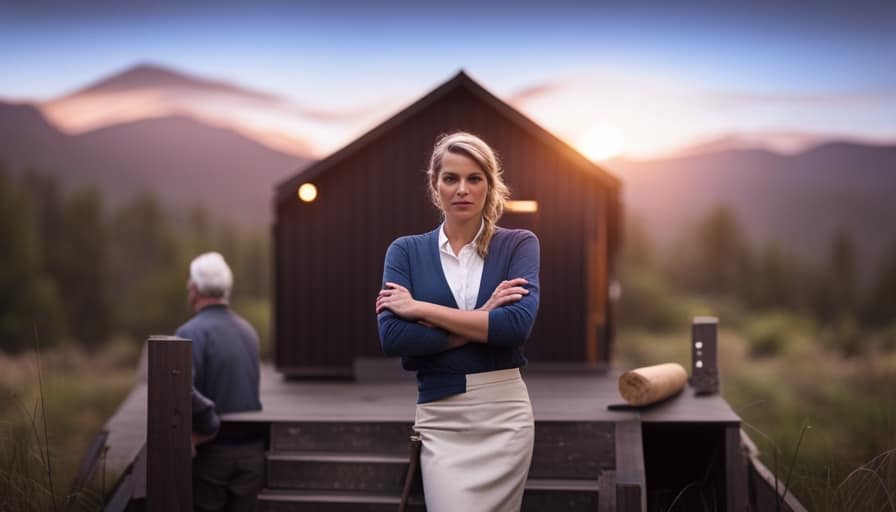
-
Engaging the Community: Fresno actively sought input from residents, builders, and advocates to understand their needs and concerns. By fostering open dialogue and involving the community in the decision-making process, the city gained valuable support and built a sense of ownership among its residents.
-
Providing Resources and Education: Fresno developed resources and educational programs to help residents navigate the process of building and living in tiny houses. This included workshops, online guides, and partnerships with local organizations to provide financial assistance and support.
-
Promoting Sustainable and Affordable Housing: Fresno recognized the potential of tiny houses to address its housing challenges. By highlighting the environmental and financial benefits of tiny living, the city gained broader support for its efforts and positioned tiny houses as a viable solution for affordable and sustainable housing.
Through careful consideration of zoning regulations, strong community engagement, resource provision, and a focus on sustainability and affordability, Fresno successfully overcame challenges to embrace tiny houses and create a more inclusive and diverse housing landscape for its residents.

Regulatory Changes: Paving the Way for Tiny House Living in Fresno
One of the key regulatory changes that paved the way for tiny house living in Fresno was the revision of zoning codes. The city recognized the need to adapt to the growing trend of tiny houses and made significant regulatory updates to accommodate this form of housing.
Zoning adjustments were made to allow tiny houses on individual lots, as well as in designated tiny house communities. These changes provided clarity and guidelines for developers and homeowners interested in building or living in tiny houses.
Building a Tiny House Community: Fresno’s Innovative Approach
The city of Fresno took a unique approach to building a tiny house community, focusing on building regulations and community support. Here are four key aspects of Fresno’s innovative approach:
-
Flexible regulations: Fresno revised its building codes to accommodate tiny houses, allowing for smaller minimum square footage requirements and more flexible zoning regulations.
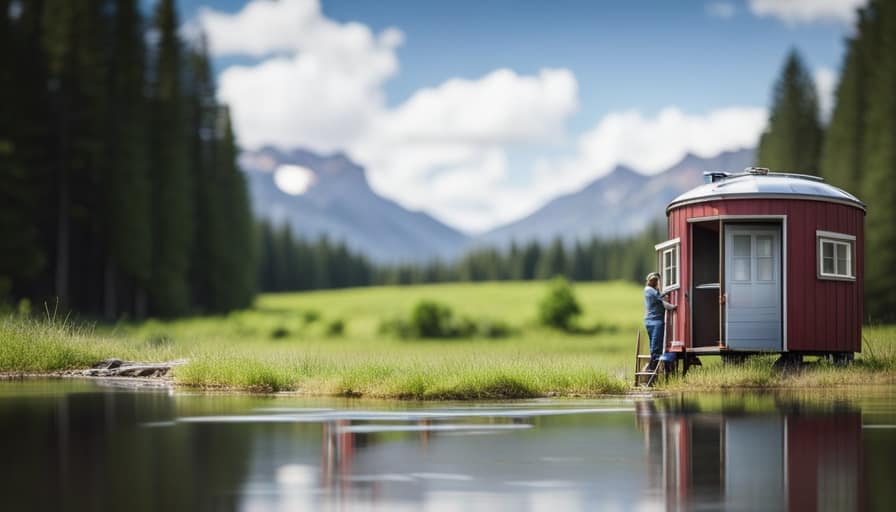
-
Public-private partnerships: Fresno collaborated with non-profit organizations and private developers to create affordable housing options within the tiny house community, leveraging community support and resources.
-
Community engagement: Fresno actively sought input from residents and stakeholders through public meetings and forums, ensuring that the tiny house community meets the needs and preferences of the local community.
-
Supportive services: Fresno incorporated on-site support services, such as counseling, job training, and healthcare facilities, to provide residents with the necessary resources for a successful transition to tiny house living.
Lessons Learned: Fresno’s Success Story in the Tiny House Movement
I have learned valuable lessons from Fresno’s success story in the tiny house movement, including the importance of community collaboration and innovative housing solutions.
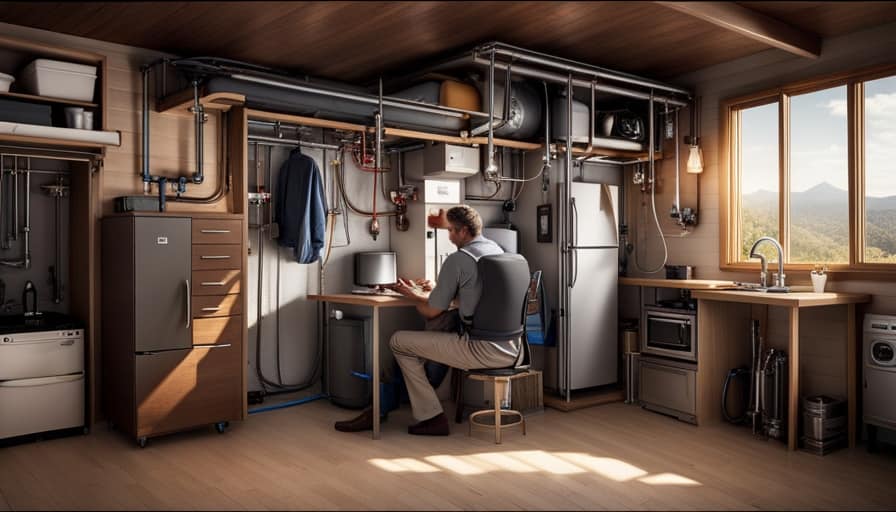
Fresno’s impact in the tiny house movement has been significant, proving that with the right approach, affordable and sustainable housing can be achieved.
One key lesson learned is the power of community engagement. Fresno actively involved its residents in the decision-making process, seeking their input and feedback. This not only created a sense of ownership and pride among community members but also ensured that the tiny house community met their needs and preferences.
Another lesson learned is the importance of innovative housing solutions. Fresno embraced the concept of tiny houses as a viable alternative to traditional housing, offering a solution to the affordable housing crisis. By thinking outside the box and implementing innovative solutions, Fresno has become a model for other cities to follow in the tiny house movement.
Frequently Asked Questions
What Is the Average Cost of a Tiny House in Fresno?
The average cost of a tiny house in Fresno is around $50,000. There are various financing options available, such as loans and grants, to help make owning a tiny house more affordable.

Are There Any Restrictions on the Size or Design of Tiny Houses in Fresno?
There are regulations and zoning requirements for tiny houses in Fresno. The city has specific size and design restrictions in place to ensure compliance with safety and building codes.
How Can I Find Land or a Community to Park My Tiny House in Fresno?
To find land or a community to park my tiny house in Fresno, I would start by researching tiny house communities in the area. It’s important to also consider zoning regulations to ensure compliance and a smooth transition into the community.
Are There Any Financial Assistance Programs Available for Building or Purchasing a Tiny House in Fresno?
There are financial assistance programs available for building or purchasing a tiny house in Fresno. Funding options include loans, grants, and tax incentives. These programs aim to make tiny house living more accessible and affordable for residents.
What Resources or Organizations Are Available in Fresno to Help With the Construction and Maintenance of Tiny Houses?
Tiny house construction assistance can be found through organizations like Fresno Housing Authority and Habitat for Humanity. Maintenance support is available through local handyman services and community workshops.

Conclusion
In conclusion, the city of Fresno has successfully embraced the tiny house movement by overcoming challenges, implementing regulatory changes, and building an innovative tiny house community.
Their journey serves as a valuable lesson in adapting to changing housing needs and finding creative solutions.
As the saying goes, ‘Good things come in small packages,’ and Fresno’s success story in going tiny house is a testament to the power of thinking outside the box and embracing new possibilities for sustainable living.
I’m Theodore, and I love tiny houses. In fact, I’m the author of Tiny House 43, a book about tiny houses that are also tree houses. I think they’re magical places where imaginations can run wild and adventures are just waiting to happen.
While tree houses are often associated with childhood, they can be the perfect adult retreat. They offer a cozy space to relax and unwind, surrounded by nature. And since they’re typically built on stilts or raised platforms, they offer stunning views that traditional homes simply can’t match.
If you’re looking for a unique and romantic getaway, a tree house tiny house might just be the perfect option.

